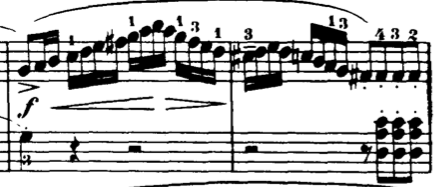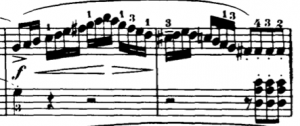The next session I attended was Dr. Pete Jutras’ presentation, “The Future of Pedagogy.” I heard him give this presentation about a year ago at the NCKP – click here to read my notes.
After that, Dr. Carol Leone talked about “A Strong and Versatile Technique Within Your Student’s Grasp.” I loved the way she broke down different aspects of technique into such simple, understandable terms!
She began her presentation by reminding us that technique should always be approached in the context of discussing sound and expression. Rather than asking, “Given the movements I make, which sounds would result?” instead we should ask, “Given a desired sound concept, how should I move?” The sound is our goal, and the ear is our guide. The opposite (over-analyzation of our movements) often results in discomfort and non-musical playing.
Next, Dr. Leone discussed the various movements made by each part of the body, and in some cases gave us some simple exercises we could use with our students. Here are just a few of the things she talked about:
Fingers
- Building the bridge – This is a coordination thing, not a strenghth thing. Have students make a bird beak with their hand.
- Avoiding finger “dents” — have students look for the “three bumps” of their knuckles.



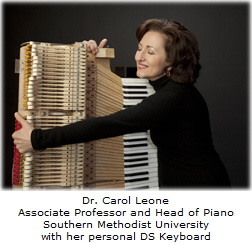




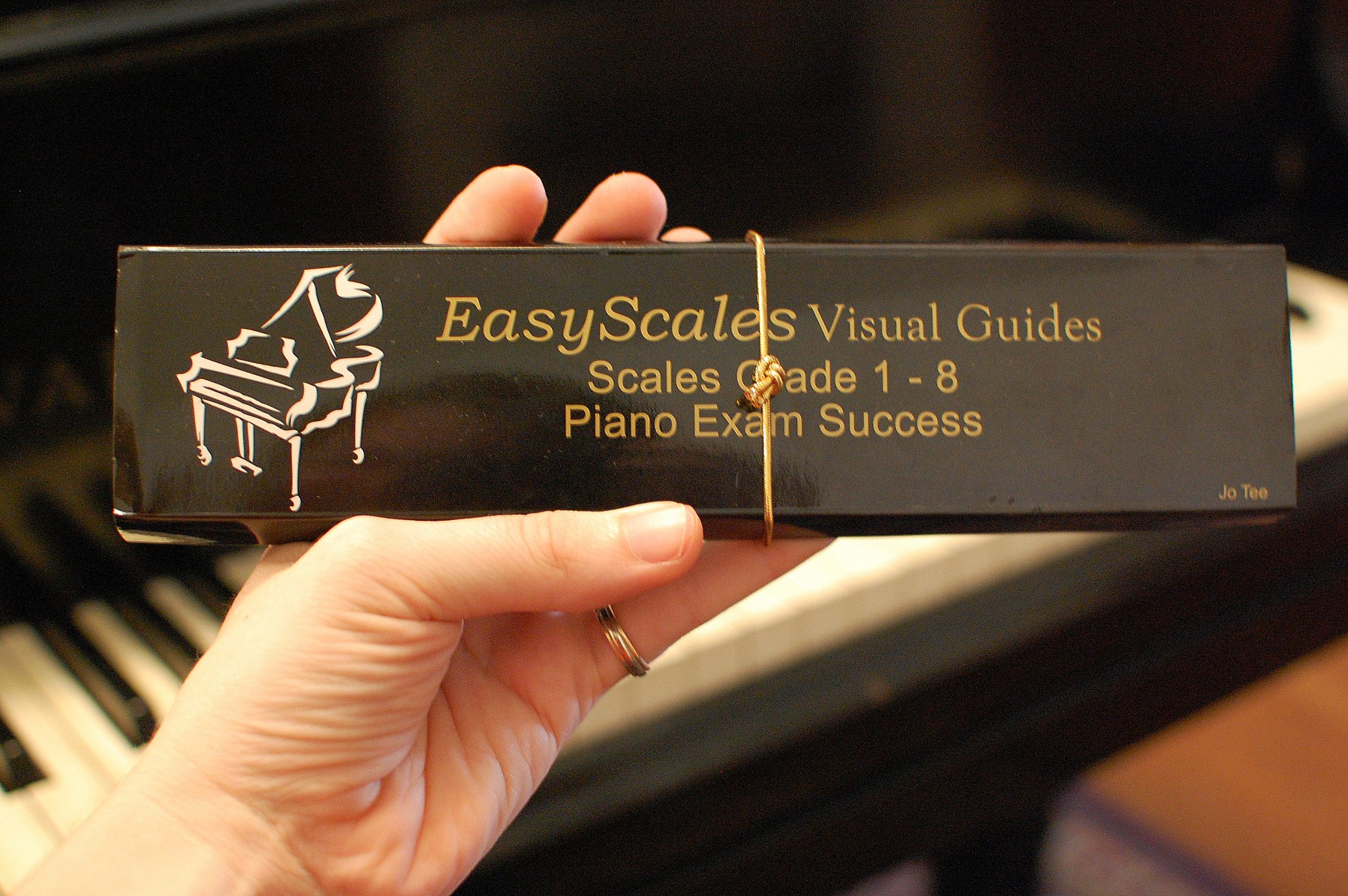
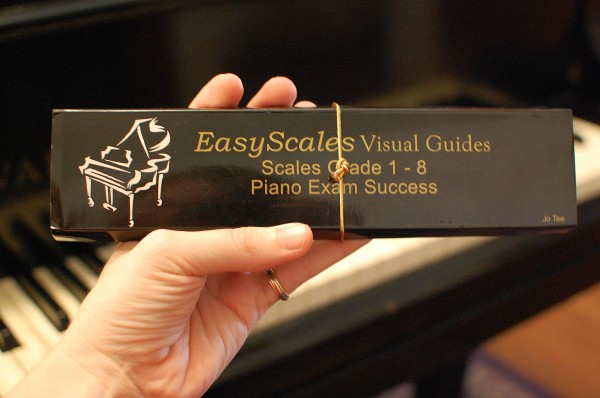
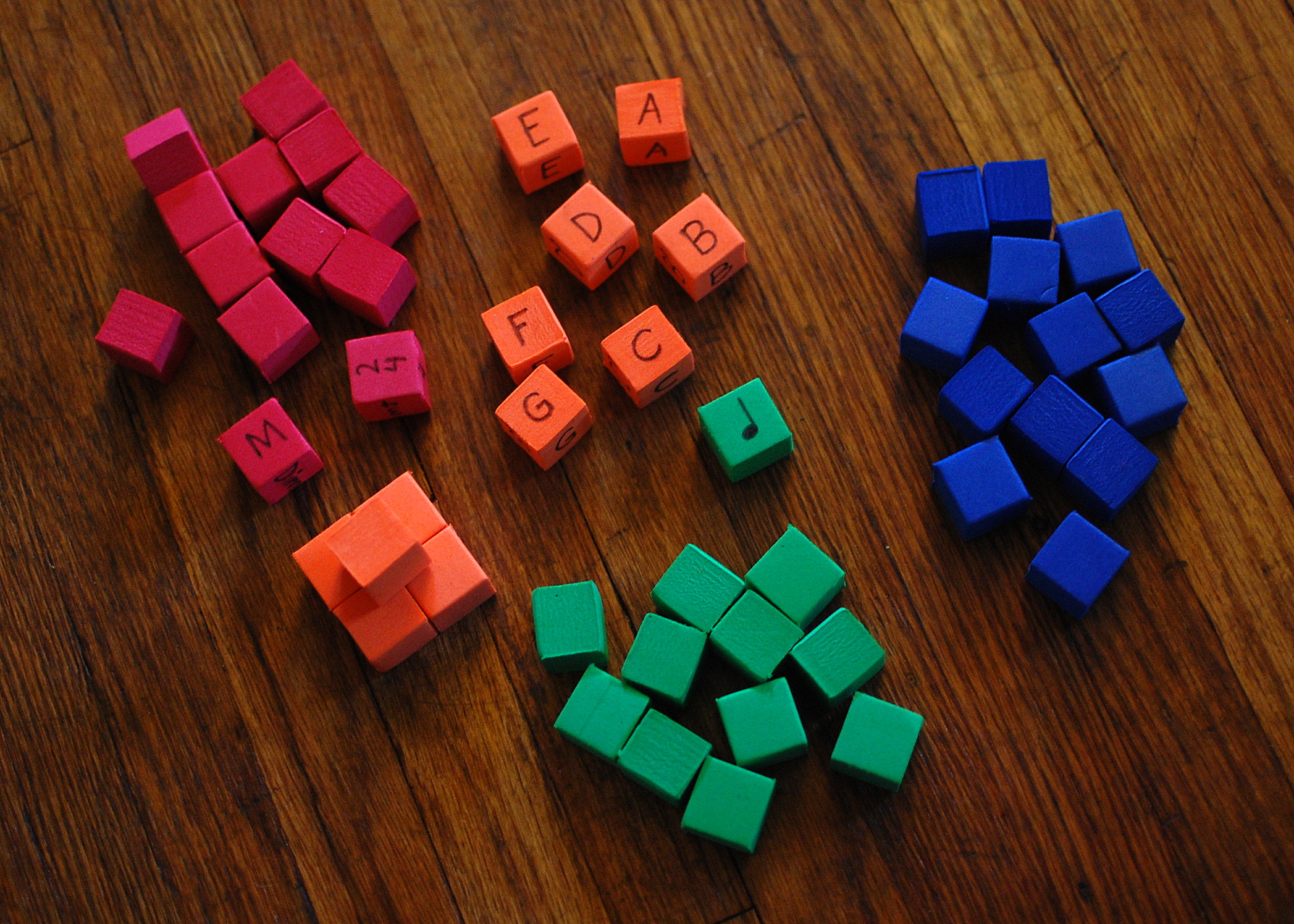
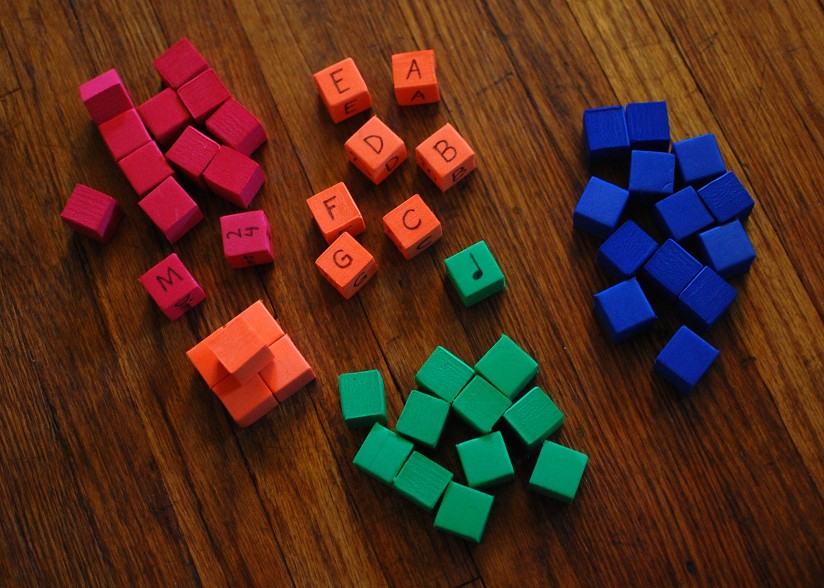
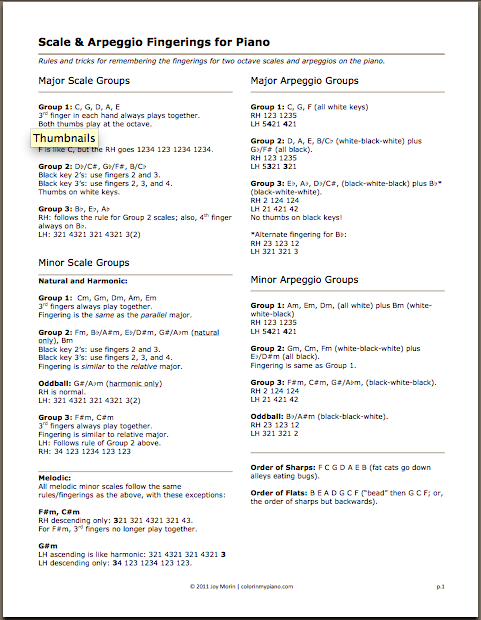
 Some of you may remember the
Some of you may remember the 
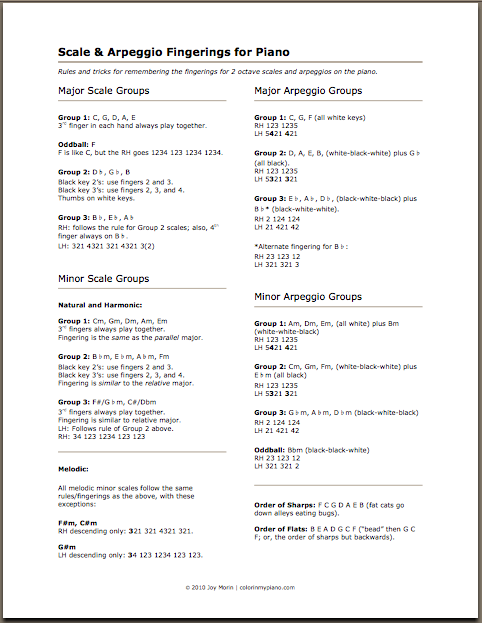
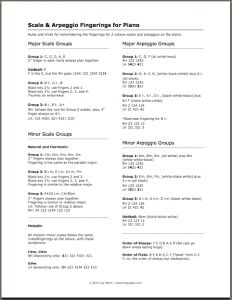
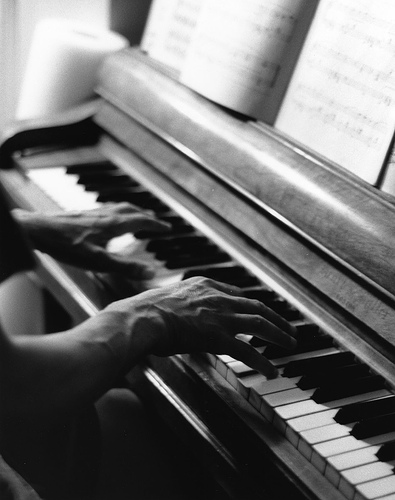
 About a week ago, I received an email from a reader who states that he is learning the Bach-Petri transcription of “Sheep May Safely Graze.” (You may recall me posting a YouTube video of it
About a week ago, I received an email from a reader who states that he is learning the Bach-Petri transcription of “Sheep May Safely Graze.” (You may recall me posting a YouTube video of it 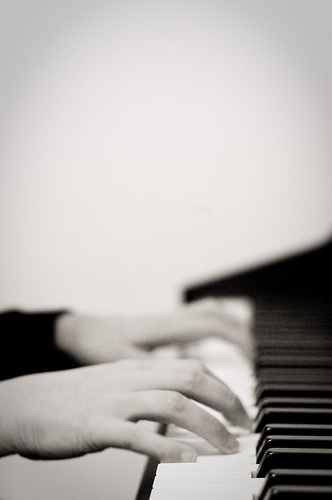
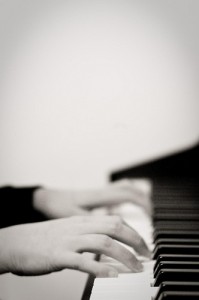 This month’s discussion topic:
This month’s discussion topic:
 Lately, I’ve trying out this phrase with my students, in situations when a student is struggling with the technique of playing a particular passage:
Lately, I’ve trying out this phrase with my students, in situations when a student is struggling with the technique of playing a particular passage: